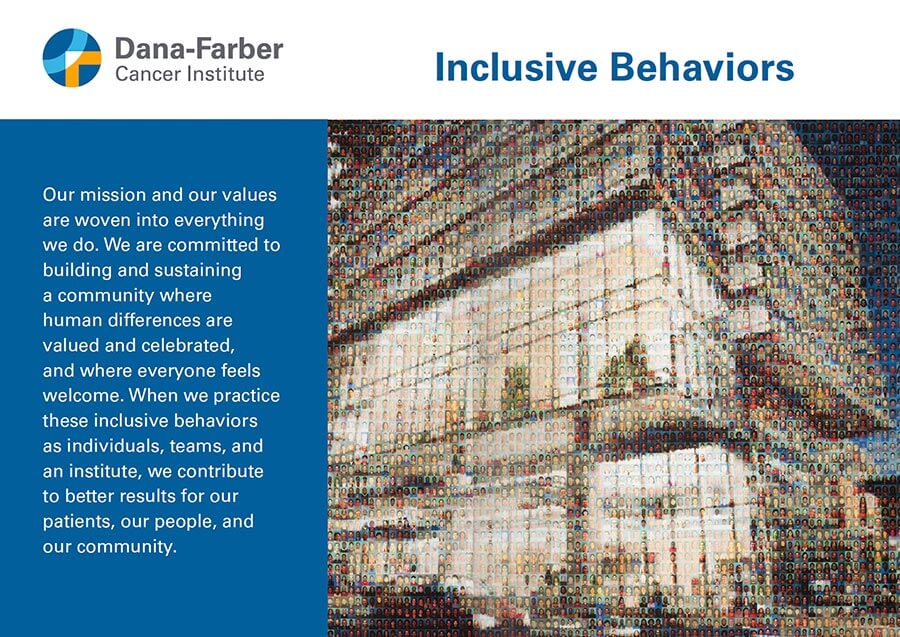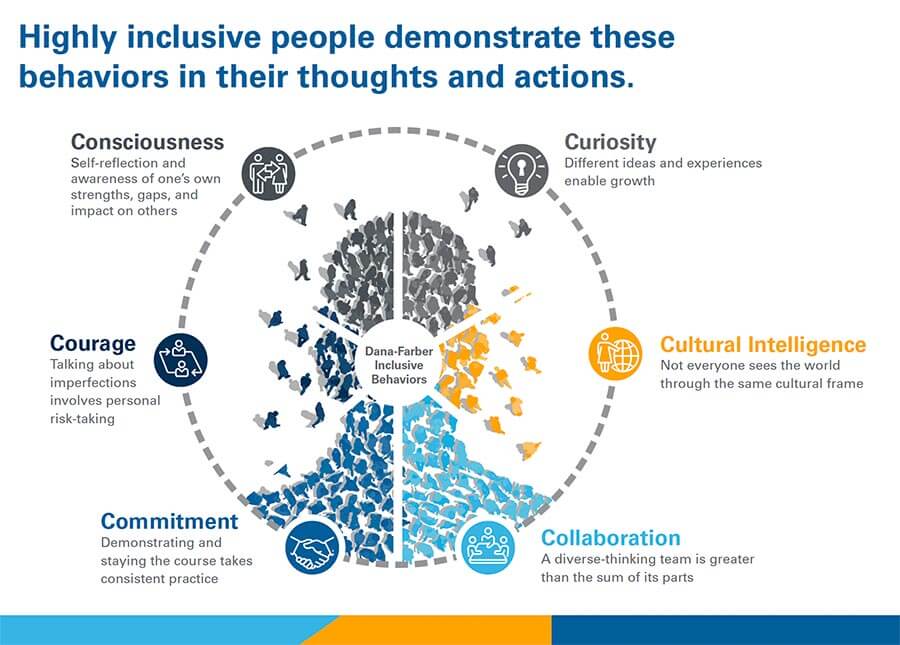Written by: Andy Semons, Founder, Strategic Planning Partner, IPNY
The emphasis on Diversity, Equity and Inclusion (DEI) has been long overdue for health care marketers, and as we come to terms with how to broaden our appeal to the people in our communities and be more inclusive, we’re realizing that it’s not an easy task. We’re also learning more about bias and the need to work with it – both the biases that our targets may have against certain health care issues or institutions and the biases we may have that guide how we think or feel about the populations we serve.
In recent years, smart health care marketers have leveraged best-in-class principles of Neuroscience – the science of the human brain. Neuroscience can help us navigate bias, bridge gaps, and build offerings and communication that inspire and motivate our targets to take action. Our recent SHSMD panel – Overcoming Bias: How to Unlock a Closed Mind? — helped us understand the nature of bias and how to account for it, both when focusing internally and when building the right kind of communication to our targets. The panel featured Donna Walthall, Senior Director of Marketing at Dana-Farber Cancer Institute in Boston, MA and Dr. Sarah Bridges, a noted neuropsychologist and head of Bridges Consulting.
Here are a few key takeaways that can help those in healthcare who are managing external communication and looking to strengthen their organization’s DEI:
1. Remember, bias is inherent in everyone – Bias is a fact of life. Our brains were built to keep us safe, and unconscious preference, or bias, is a natural tendency that can manifest itself any number of ways – from conserving our mental energy to exhibiting a preference for the familiar. But left unchecked, bias can impact the way we make decisions. For example, we often overrate information that comes to mind easily, or look for data that supports what we believe. On a day-to-day basis, there are many kinds of bias that come into play. And they need to be both acknowledged and managed.
2. To be successful, the commitment to Diversity, Equity and Inclusion needs to be embraced by the entire organization – It’s naïve for organizations to think that hiring a Chief Diversity Officer (CDO) will solve all problems if they don’t embrace and support the programmatic changes and policies the CDO is implementing. Dr. Randal Pinkett, author of Data Driven DEI, underscores that successful DEI requires planning, metrics, and process – and that all of these key elements are dependent on the participation of an organization’s employees, who are accountable for outcomes. Dana-Farber’s Guide to Inclusive Behaviors, an employee-directed manual aimed at the acculturation of a more inclusive way of working together, points out everyday behaviors each employee can adopt to help accelerate the organization’s goal. And Dr. Bridges recommends five key practical tools for challenging bias in an organization:
- Keep diversity on the team
- Standardize a process or way of working which keeps bias in check
- Involve the community whenever possible
- Test your assumptions before turning them into action
- Lead with empathy and curiosity in everything you do

Dana-Farber’s Guide to Inclusive Behaviors

3. Importantly, marketers shouldn’t assume that our commitment to DEI will be embraced by external target audiences – Just like us, our targets have their own biases which will impact their relationship with us. A key example of this was illustrated by Dana-Farber, when their research showed them that low response to community efforts (participation in a free community mammogram program) was due to several perceptual barriers, e.g.:
- Target bias towards the incurable nature of cancer
- Target mistrust of “research” and “institute” due to the resulting stigma from the legacy of Tuskeegee
- Target bias against Harvard, as Harvard was seen as “elitist.”

